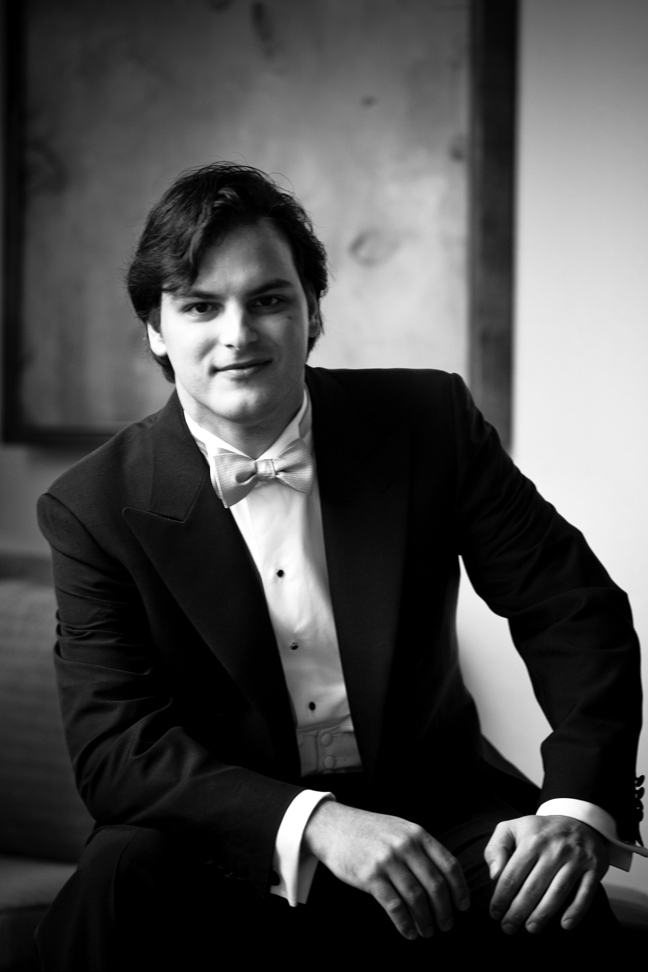Evan Drummond and Orlay Alonso are a truly remarkable duo, as they are always committed to sharing every note with one another and—most importantly— the audience at hand. For them, it is never about showing off what they can do technically, but rather about bringing the listener into the meaning of the music. They are real virtuosos of their respective instruments, but I don’t want to draw any more attention to their technique; I’d rather discuss their one-of-a-kind chemistry. After all, there are thousands of ensembles who can play extremely well but don’t know how to blend as an organic unit.
The music of Leo Brouwer is an example of music that is not extremely well-known, but when this duo plays it with their trademark passion, the audience seems to feel that they know it like the back of their hands. Brouwer’s music is—simply put—marvelous. Always catch it whenever it is programmed because you’ll walk away rejuvenated and enlightened—especially when the Alonso-Drummond group plays it.
A key component to this duo’s chemistry is their individual backgrounds and how these accomplished musicians joined forces. Alonso traveled from his native Cuba to New York’s LaGuardia School for the Performing Arts, where he was awarded a scholarship to study at the Manhattan School Pre-College, and later Mannes and Yale. Alonso met Drummond at Yale, and upon their graduation, they began a series of concerts presenting programs of re-imagined interpretations of some of the most cherished repertoire of Spain and Cuba.
They are now also presenting their own arrangements of well-known composers in a quasi-ballet suite format. Drummond has signed with Dunvagen Music Publications for an arrangement of a Phillip Glass composition, and I believe the duo has a future not only because of their communicative gifts, but also because they will build a whole new repertoire for this unusual but aesthetically pleasing pair of instruments.

